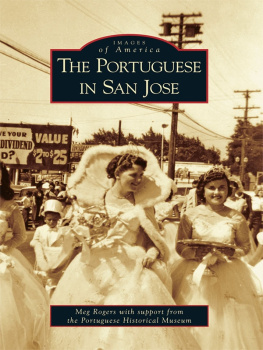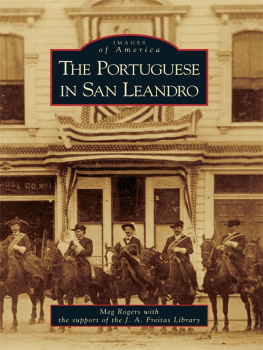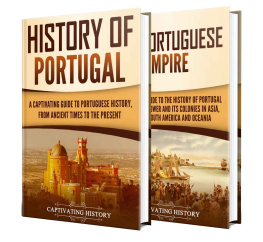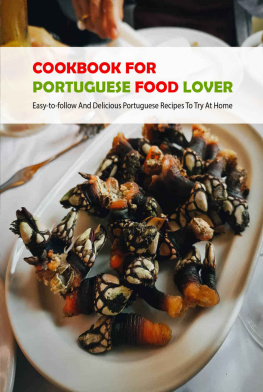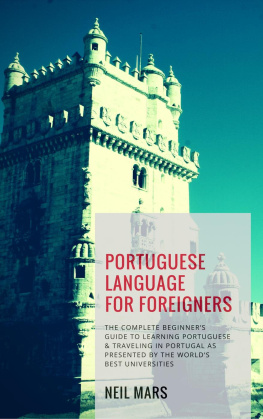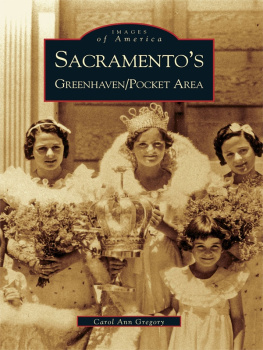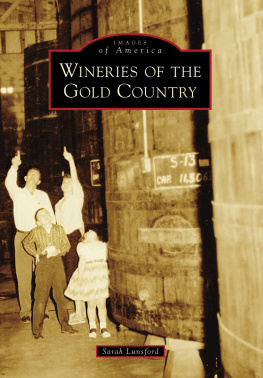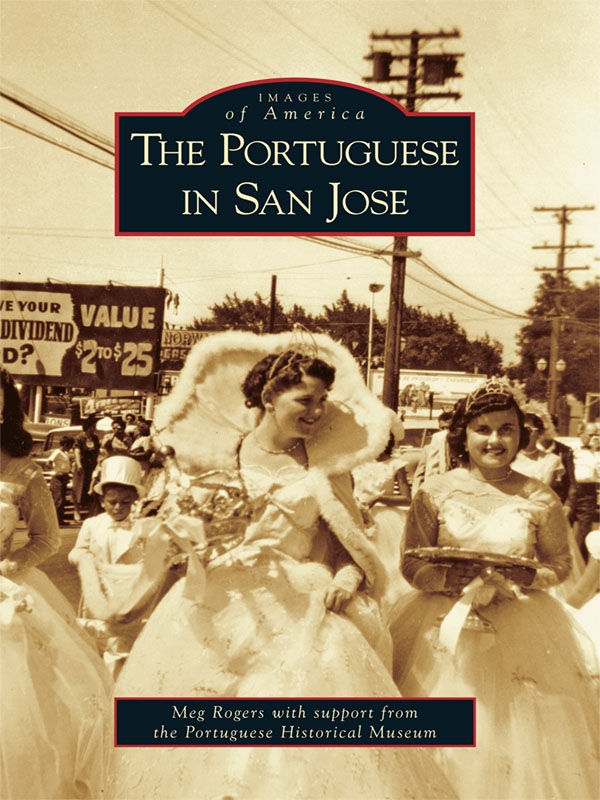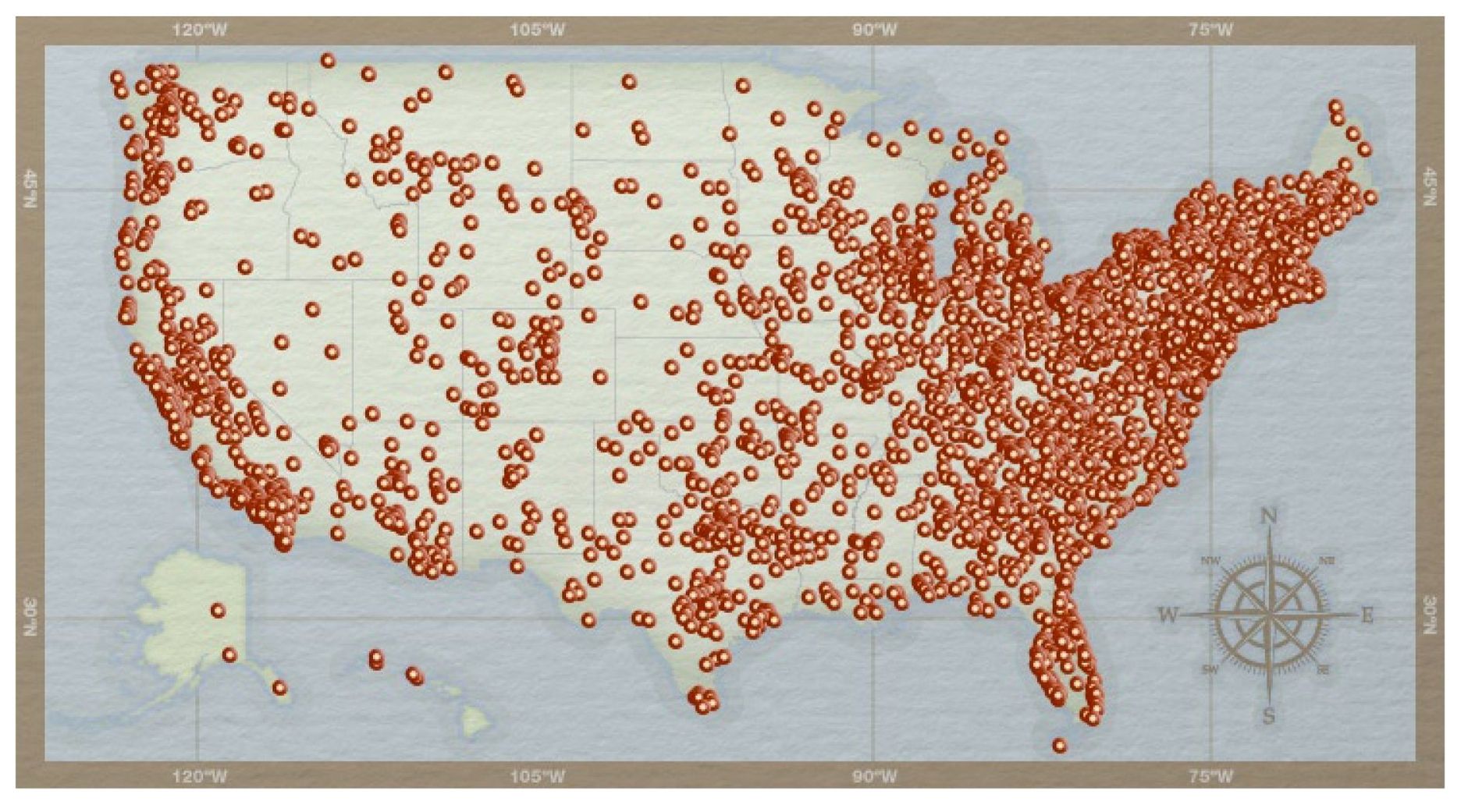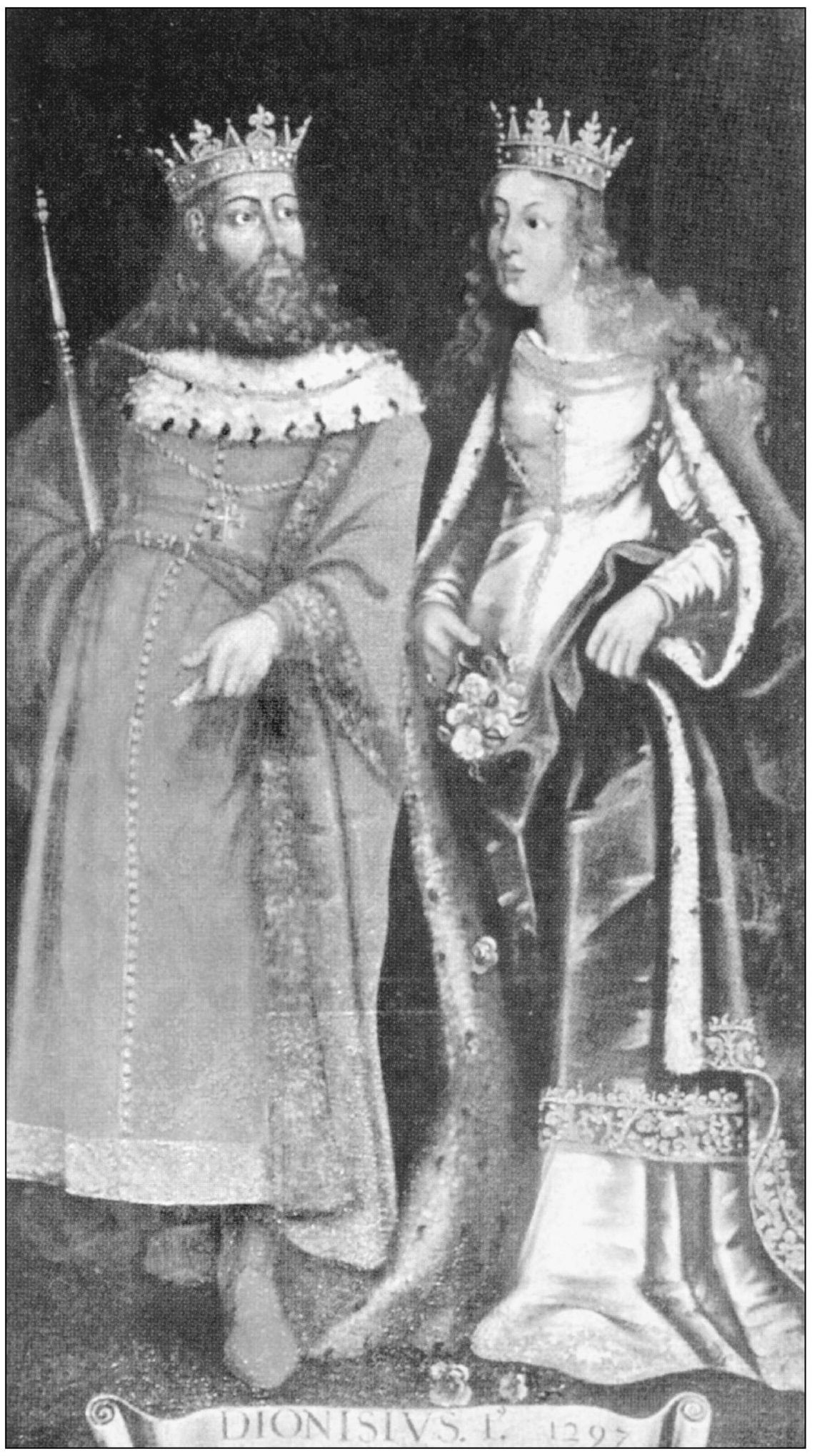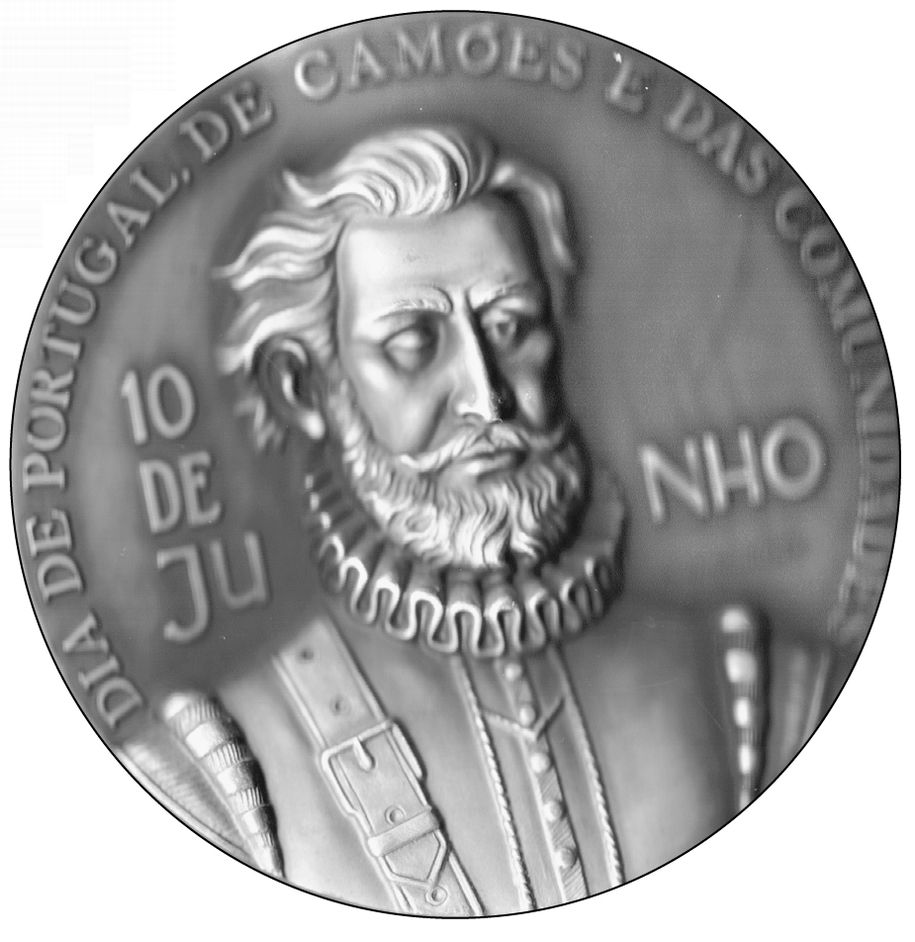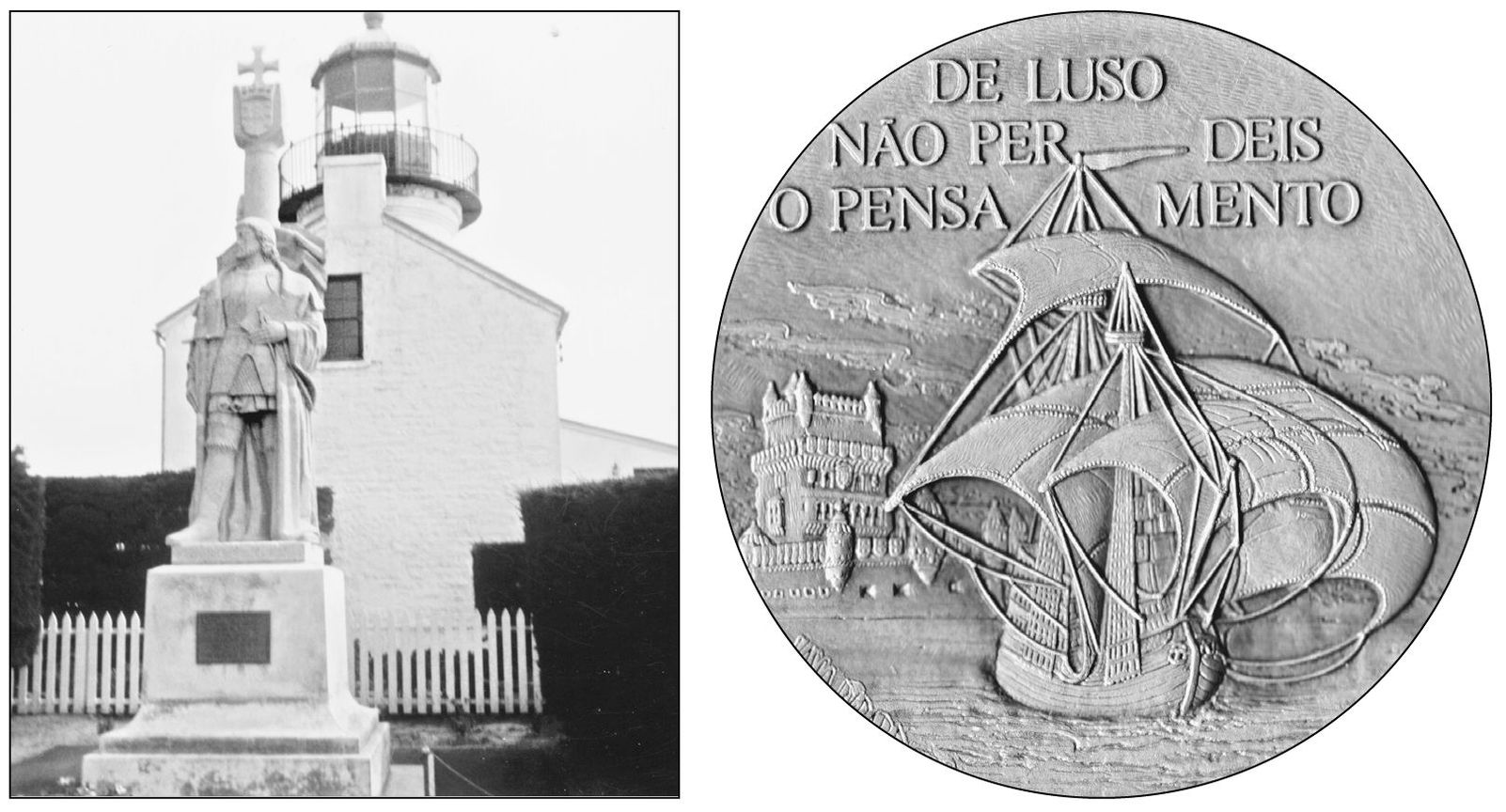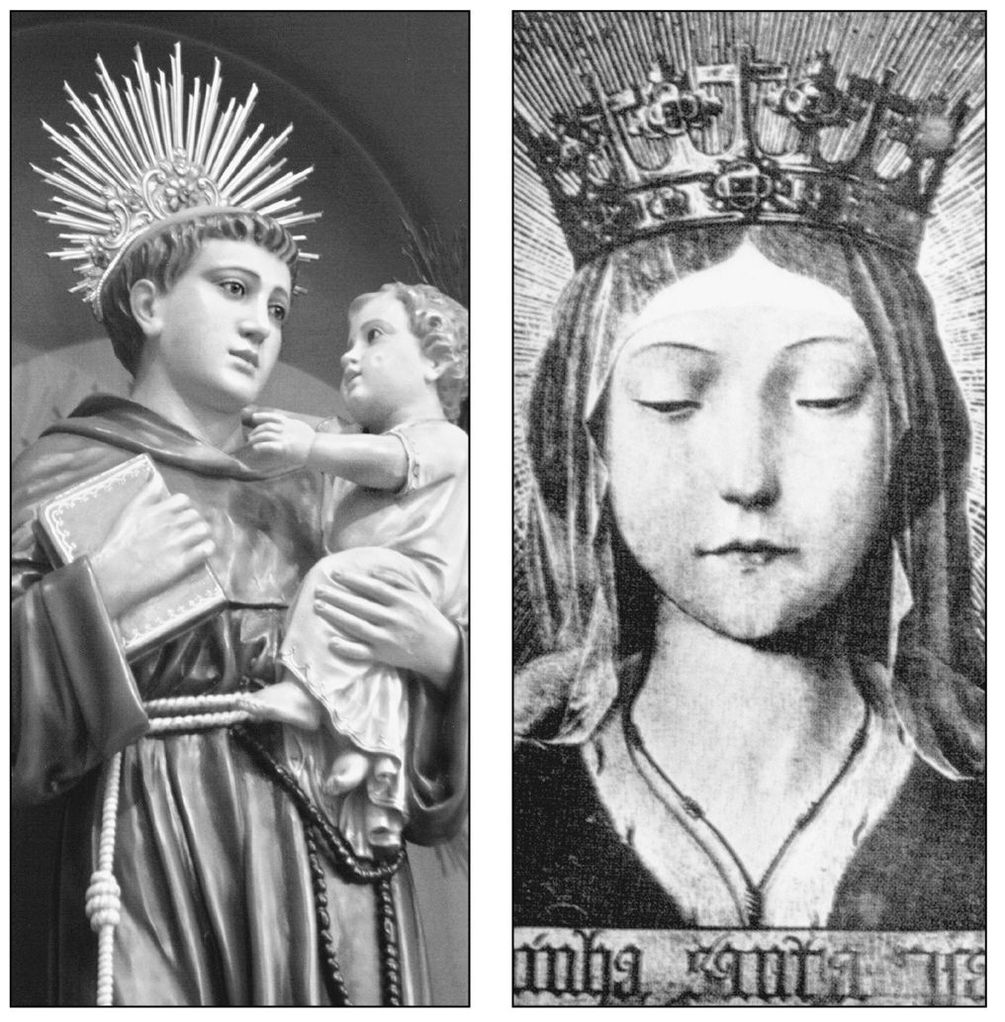Working as a contributing editor for Arcadias Images of America: Alviso , I found numerous Portuguese references. Soon Edith Walters welcomed Robert Burrill and me to the Portuguese Heritage Museum in History Park to research the Portuguese contributions to the Valley of Hearts Delight.
This book is a tapestry of personal narratives from first-, second-, and third-wave Portuguese immigrants interwoven with material from Portuguese fraternal societies and excerpts from the Portuguese Heritage Publications of California. I am grateful to all those in the community who opened up their homes and places of business to meet with me, including the following: Edith Mattos Lewis Walter and Joe Machado of the Portuguese Historical Museum; Vicky Borba Machado; Richard Alves; Margaret Peggy Vargas; Carlos Almeida of Uniao Portuguesa do Estado da California, who knows every book in the J. A. Freitas Library like the back of his hand; Dick Carlo; Gina and Antonio Furtado and their lovely assistant, Filomena; Goretti Silveira; Clare Alves; Mabel Silva Mattos; the Portuguese Organization for Social Services and Opportunities (POSSO); Dr. Decio Oliveira and the Portuguese Athletic Club; Tony Goulart of the Portuguese Heritage Publications of California, Mac and Madeline Moitozo; Batista, Davide, and Dolores Vieira; and Father Antonio of Five Wounds National Portuguese Church. To any who submitted images or notations that do not appear here, I look forward to future publications.
I am grateful to Robert Burrill and Dr. Foxglove for early scanning assistance; to Lynn Rogers for editorial help, layout inspiration, and creative mentorship; and to my great-great-grandmother Ridley, who taught school in the Alviso district of San Jose. She continues to inspire me. Like the Portuguese, she worked hardwith humility and resourcefulnessto build leaders that would make San Jose blossom into a city of roses.
A portion of this books proceeds will go to support POSSO and the Portuguese Historical Museum in History Park.
BIBLIOGRAPHY
Almeida, Carlos. Portuguese Immigrants: The Centennial Story of the Portuguese Union of the State of California . San Leandro: UPEC, 1978, 1992.
Furtado, Antonio da Rosa. Aores e o Vulcao dos Capelinhos . New Bedford: DuMont Printing, 1957.
. Aores, Ilhas de Sonho . 1959.
Goulart, Tony. The Holy Ghost Festas: A Historic Perspective of the Portuguese in California . San Jose: Portuguese Heritage Publications of California, 2003.
Graves, Alan Ray. The Portuguese Californians: Immigrants in Agriculture . San Jose: Portuguese Heritage Publications of California, 2004.
Vaz, August Mark. The Portuguese in California . Hayward: IDES Supreme Council, 1965.
Photographs are acknowledged as follows: Edith Mattos Lewis Walter (EMLW), Portuguese Historical Museum (PHM), Joe Machado (JM), Vicky Borba Machado (VBM), Richard Alves (RA), Clare Alves (CA), Peggy Vargas (PV), Uniao Portuguesa do Estado da California (UPEC), J. A. Freitas Library (JAFL), Dick Carlo (DC), Antonio Furtado (AF), Goretti Silveira (GS), Tony Goulart (TG), Lynn Rogers (LR), Mabel Silva Mattos (MM), Portuguese Organization for Social Services and Opportunities (POSSO), Dr. Decio Oliveira (DO), Portuguese Athletic Club (PAC), Portuguese Heritage Publications of California (PHPC), Dick Santos (DS), Robert Burrill (RB), Mac and Madeline Moitozo (Moitozo), Davide Vieira (DV), Susan Vargas (SV), and Maria Cunha Carty (MC).
Find more books like this at
www.imagesofamerica.com
Search for your hometown history, your old
stomping grounds, and even your favorite sports team.
One
COMING TO AMERICA
OS EMIGRANTES (THE EMIGRANTS). This painting depicts the rich cultural heritage the Azorean immigrants brought to the New World. The lure to cross the sea was powerful. The Azores offered little in the way of economic or educational opportunity. Immigrants were drawn to reports such as this from the San Francisco Call Atlas of 1910, which described San Jose as a charming home city that has won it the title, The Garden City ... with growth in bank deposits from $15,504,767 in 1907 to $27,828,978 in 1910. Immigrants willing to commit themselves to delayed gratification in the fields could work and save in order to buy a small piece of land to give them a foothold on the American dream. (Painting by Domingos Rebelo; courtesy Carlos Machado Museum, Ponta Delgada, San Miguel, Azores.)
KING DOM DINIS AND QUEEN ISABEL. Born in 1271 to Pedro III of Aragon, Isabel acted on faith from an early age. She was betrothed at 12 to the Dom Dinis, the Farmer King, who would improve agriculture and create the University of Coimbra. Beyond her queenly duties, she dedicated herself to providing food and lodging to poor pilgrims and orphans. Her husband would sometimes protest her charity. On one such occasion, Queen Isabel hid bread for the poor from her husband in her cloak; she prayed that her husband would not discover her generosity, and a miracle occurred: the bread under her cloak turned to roses. In the Azores, everyone recites The Miracle of the Roses. San Joses Holy Ghost Festa is held in her honor. (Courtesy PHPC.)
CAMOES. Pictured at left is an engraving by Antunes depicting Camoes, one of the greatest Portuguese poets. Each June 10th, San Jose Portuguese scholars gather at the Portuguese Athletic Club to contemplate Camoess timeless lines. Alma Minha describes his impossible love affair with Johanna Noronha: Alma Minha gentil que te partiste my gentle soul you went away. (Courtesy DO.)
CABRILHO AND A CARAVELA . The papal order of 1312 sent the Portuguese to fight enemies of Christianity with the expansion of the Portuguese empire during the Age of Discovery. In the 1400s, Prince Henry of Portugal launched an exploration under the Order of the Christ. In 1427, the Portuguese discovered the Azores, the place of origin for many Portuguese in California. In 1538, under the Spanish crown, Portuguese explorer Joao Rodrigues Cabrilho voyaged to South America and then to the unknown north, or Alta California. From San Diego Bay, he came as far as sighting Santa Cruz and the Santa Rosa Islands. Others followed Cabrilhos route. Even after Portugals decline in 1640, its spirit of exploration persisted. (Left photograph courtesy EMLW; right photograph courtesy DO.)
ST. ANTHONY AND ST. ISABEL. Born to Portuguese nobility in 1195, Anthony entered the Franciscan order to minister to the Moors; stopped by ill health, he preached forcibly. After his death in 1231, children in Padua called out, Our Father, St. Anthony, is dead. At Five Wounds, the Brotherhood of St. Antonio holds a festa in his honor during which participants give promessas asking for intercession to help the sick. He is the patron saint of Uniao Portuguesa do Estado da California (UPEC). In 1652, Queen Isabel was canonized as St. Isabel. Her glass sarcophagus is still in Coimbra today. (Left photograph courtesy JAFL; right photograph courtesy PHPC.)

